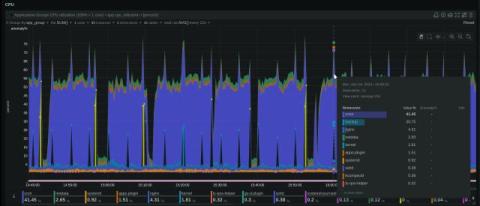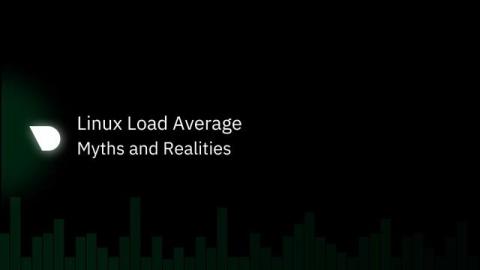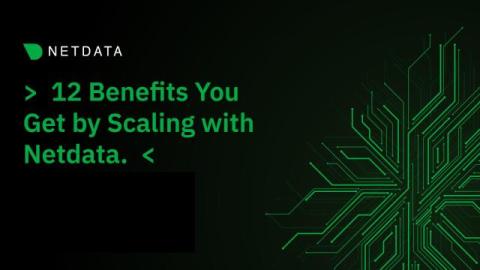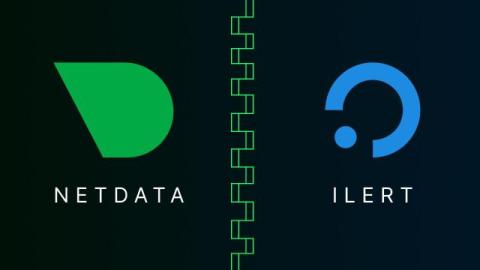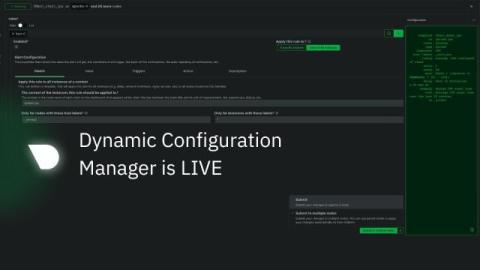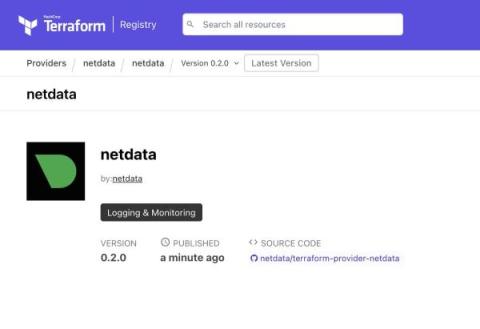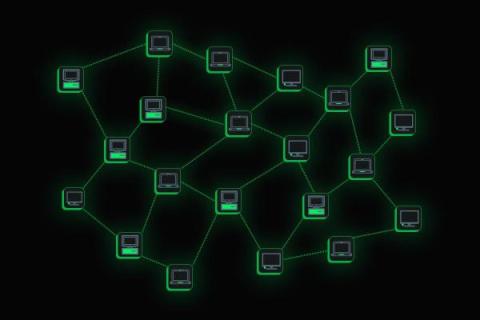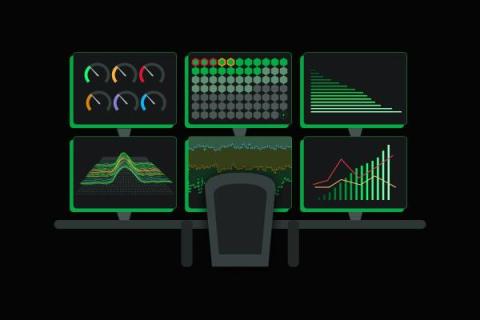Netdata's Native Windows Agent: The Best Way to Monitor Windows!
We are pleased to announce a significant advancement in system monitoring: the launch of Netdata’s first-ever native Windows agent. This release represents a major step forward in our mission to provide comprehensive and efficient monitoring solutions across all platforms. With the introduction of the native Windows agent, we are extending our robust monitoring capabilities to Windows environments, enabling seamless and unified monitoring across diverse infrastructures.



